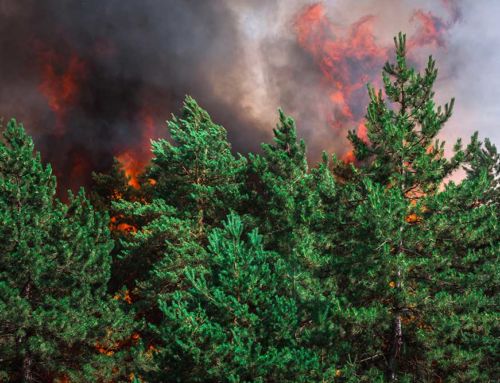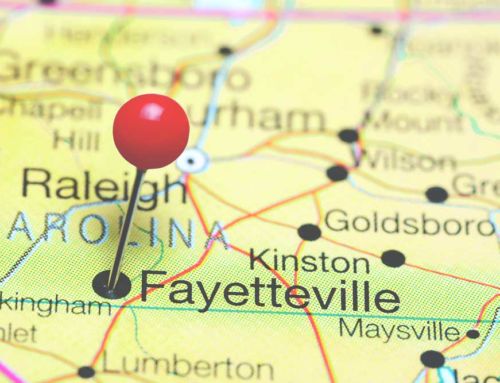The damage that the 2010 BP oil spill caused won’t go away any time soon. It’ll take many years, perhaps even a lifetime, for the wildlife and beaches to return to pristine condition.
The U.S. Senate’s recent approval to give 80 percent of fines levied to five Gulf coast states will provide major relief for scientists already working on healing the sick ecosystem. Some experts estimate that BP could be fined as much as $20 billion under the Clean Water Act. That’s a huge chunk of change, but no amount of money we throw at the problem will make the ecological nightmare vanish quickly. It will still require our patience.
We need not look further than the Exxon Valdez spill that has ravaged the Alaskan coast for more than 20 years. Scientists are still trying to understand the full effects of the devastation ever since a tanker spilled an estimated 260,000 barrels of oil in 1989. That was the largest oil spill in United States history until the Deepwater Horizon rig exploded, killing 11 people and dumping 4.9 million barrels of oil into the Gulf of Mexico for several months in 2010. The oily plume fanned out across much of the region, reaching the shores of Louisiana, Mississippi, Alabama, Texas and Florida. The spill became an ecological and economical disaster. Many people along the Gulf shore have lost their jobs as a result of the BP spill. Ancillary businesses such as restaurants and hotels have seen a drop in the number of beach-combing tourists.
In terms of the number of barrels spilled, the BP disaster was much larger than the Exxon spill. But the devastation remains the same.
In a report 20 years after the Exxon spill in 1989, the Exxon Valdez Oil Spill Trustee Council said that only 10 of the 31 injured resources and services the group monitored had recovered from the colossal disaster. The ecosystem still suffers greatly.
Scientists have found pockets of spilled crude underwater. Sea otters and harlequin ducks still show signs of toxic exposure to the oil. Pacific herring hasn’t recovered as much as experts had hoped. The depleted herring population, a critical food source for predators, has affected the food chain. And the population of the killer whale, harbor seal and birds and fish are still in decline.
Both disasters have had profound effects on the ecosystem. While the money will be greatly needed to establish wildlife monitoring in the latest disaster, we shouldn’t expect the infusion of cash to be a quick fix to nature’s woes.



